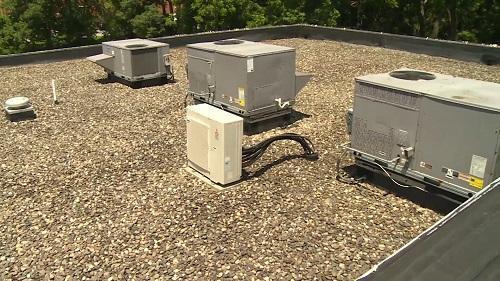Indoor air quality is an important factor to consider in any workplace. Poor air quality can have a range of negative effects on employees, including an increased risk of respiratory problems, headaches, and fatigue. In severe cases, poor air quality can even lead to more serious health problems.
One of the primary factors that can affect indoor air quality is the presence of pollutants and contaminants. These can come from various sources, including cleaning products, building materials, and office equipment. In addition, poor ventilation can exacerbate the problem by trapping pollutants and contaminants in the air.
To ensure good indoor air quality, workplaces need to take several steps. These include using non-toxic cleaning products, regularly maintaining and cleaning HVAC systems, and providing adequate ventilation to prevent pollutants from building up.
In addition, employers need to educate employees about the importance of indoor air quality and how they can help to improve it. This can include encouraging employees to report any air quality issues, as well as promoting good indoor air quality habits such as not smoking indoors and properly disposing of waste.
By taking steps to improve air quality and educate employees, employers can help to create a healthier and more comfortable work environment. This can lead to increased productivity, improved morale, and a reduced risk of health problems among employees.
Do you need Online Training for Indoor Air Quality?
Try a free demonstration of our Indoor Air Quality training, where you can see the full content of the training program and how the system works from the perspective of the trainee:










